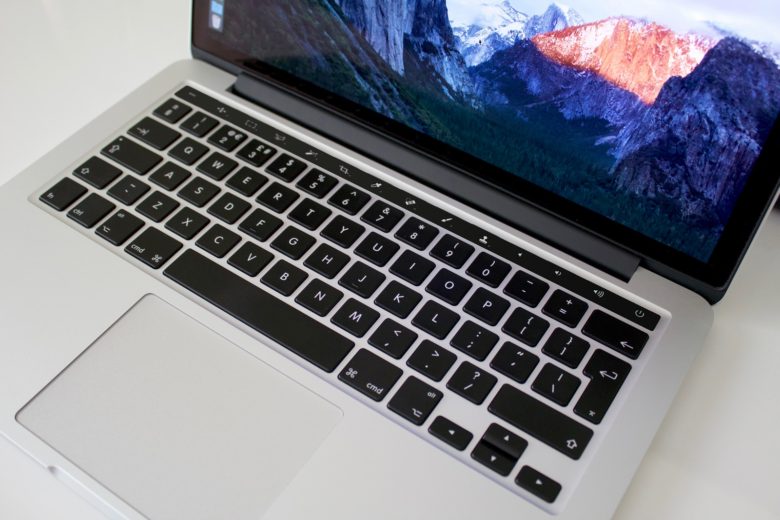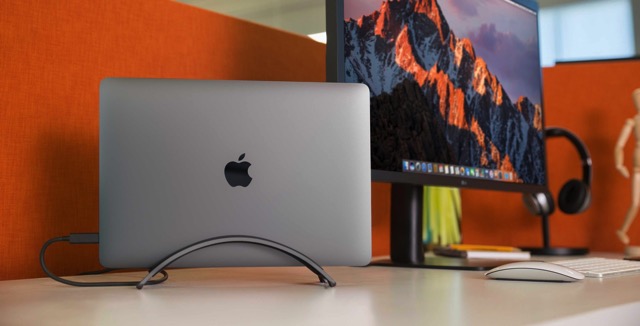
Maybe, for a lot of reasons, Apple simply prefers to stick to its own internal cadence, not Intel's. Maybe it's that some generational speed bumps (aka, 4th gen Haswell to 5th gen Broadwell) don't transition as smoothly/stably as Apple would like (as was the case with 15-inch MBP, which stuck with Haswell for a couple of years).
#Apple event june 2017 mac pro pro#
Apple this week refreshed its MacBook Pro lineup with Intel's seventh-generation Kaby Lake processors, and early benchmarks for the notebooks.
#Apple event june 2017 mac pro Pc#
Why is Apple always behind PC makers when upgrading to next-gen processors? My take: Caution on Apple's part. Wednesday J12:14 pm PDT by Joe Rossignol. And it bears repeating that Apple is also expected to offer a 32GB RAM configuration on the MBP 15.

But Apple puts more emphasis than most PC makers on battery life and portability, even on its high-end MBP 15. These more-power-frugal GPUs aren't as fast as Nvidia's GeForce GTX 1050/1060 (the 1050 is used, for example, in the Dell XPS 15). But there have been complaints about Apple's choice of the AMD Radeon Pro 450/455/460 graphics processors (GPUs). I have the Skylake MBP 15 and it's more than fast enough for what I do. iMac Pro is no joke and the price is easily the most reasonable I have seen Apple slap on any hardware in. It's not across-the-board for everything but I see it on many performance-intensive tasks.ġ5.4-inch MacBook Pro: expect the Kaby Lake-H processor, a quad-core processor with a TDP of 45 watts and larger cache memory than the U series dual-core chips. Apple made the right call and put on their big kid pants.

That upshot, I'm seeing typically seeing (via benchmarking) anywhere between 10 and 20 percent performance jumps over Skylake.


 0 kommentar(er)
0 kommentar(er)
